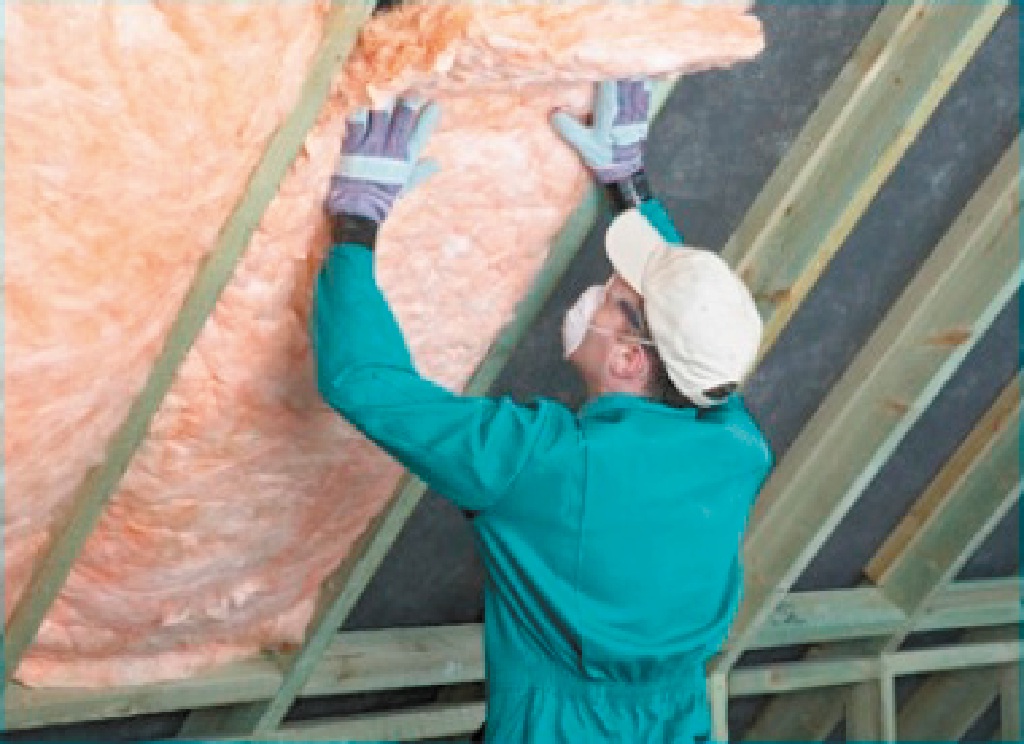Household Bills
Three ways to retrofit your home to make it more energy efficient and cost effective

A ‘war effort’ is required on energy efficiency to cut household energy bills, carbon emissions, and the UK’s reliance on fossil fuels, a government committee has warned.
The Environmental Audit Committee (EAC) says a ‘national mobilisation’ is needed and ministers missed a window of opportunity to accelerate energy efficiency installations in the warmer months of 2022.
The UK is reliant on fossil fuels for 75% of its energy yet since the war in Ukraine and the cost-of-living crisis prices have risen exponentially.
The Energy Price Guarantee is in place to cap bills at £2,500 yet this is rising to £3,000 in April and many will pay more than this amount.
Part of the problem is also the fact that the UK has some of the oldest houses in Europe, many of which are poorly insulated and waste energy.
This means households pay for energy they’re not using while at the same time contributing to the climate crisis. Many people also can’t afford to pay for higher energy bills or the cost of insulation to make their homes more energy efficient.
Energy efficient installations peaked in 2012
The Chancellor Jeremy Hunt recently announced new investment in energy efficiency which will be available from 2025, yet the EAC said those in fuel poverty cannot afford three winters of delay.
It says in England over 13 million homes (59%) are rated below C in their Energy Performance Certificate (EPC).
The number of UK energy efficiency installations peaked in 2012 at 2.3 million, yet in 2021, fewer than 100,000 upgrades were installed.
One of the main reasons for this are the costs involved. For loft insulation of 0mm – 270mm for a mid-terraced house it costs an average of £590 while cavity wall insulation is £580, according to the Energy Saving Trust. Previously households could get help through the government’s Green Deal scheme for insulation costs, although this closed in 2015.
While there are some schemes available to help with the costs, these are largely only for those on certain benefits, low incomes, or those in the most poorly insulated homes. A new scheme is starting in spring, and it will be available for those who don’t currently benefit from any help with costs.
The committee is now calling for at least one million energy efficiency installations a year by 2025, and 2.5 million properties a year by the end of the decade.
One in three want to make their homes more energy efficient
A third (27%) of homeowners said they want to make their home more energy efficient but a fifth don’t know how to do this, according to research from the Mortgage Advice Bureau (MAB).
Along with saving energy, improving your EPC rating can also increase the value of your home. A fifth of those asked by the MAB said they couldn’t consider a house with an EPC of below grade C, and 46% of potential buyers said they would rather have good insulation over a bigger garden (29%).
Deputy chief executive officer of the Mortgage Advice Bureau, Ben Thompson, said a national retrofitting campaign is needed to hit the government’s 2025 target for landlords to have rental properties at a minimum band C EPC rating, with the target set at 2035 for all other properties.
He said: “It’s safe to say we all know the pain that inefficient homes are having on our bank accounts, but it is also having an impact on the climate. Retrofitting is the best way to combat the UK’s leaky homes. Wall, floor and loft insulation are some of the best ways to improve efficiency, but these can be costly.
“There are, however, a number of ways people can improve their homes gradually over time for very little cost, such as switching to more efficient LED bulbs to reduce electricity consumption, or using things like draft excluders under external doors.”
Three ways to boost your home’s energy efficiency
For households who can’t wait for help with insulation costs, or those who don’t have the money readily available, there are many small things that can be done now to improve energy efficiency. Thompson shares his top three retrofitting tips here:
- Wrap your home: Installing retrofit wall, floor, and roof insulation can increase the airtightness of a space, subsequently slowing the transfer of heat. By helping to keep the heat within your home, retrofit insulation better protects those inside from outside icy breezes, reducing the need for you to turn up the thermostat.
- Tackle draught: Fabric draught excluders can help stop cold air from creeping through gaps at the bottom of interior doors, or you could consider closing the doors on rooms not in use to keep the cold air from creeping through.
- Swap your appliances: An obvious but often overlooked way to retrofit your property is by replacing appliances with energy efficient alternatives. While it might not be cost-effective to replace all the technology and appliances in the home, when the time comes to replace items (such as a washing machine), do your research first and look for the product with the highest energy efficiency rating.